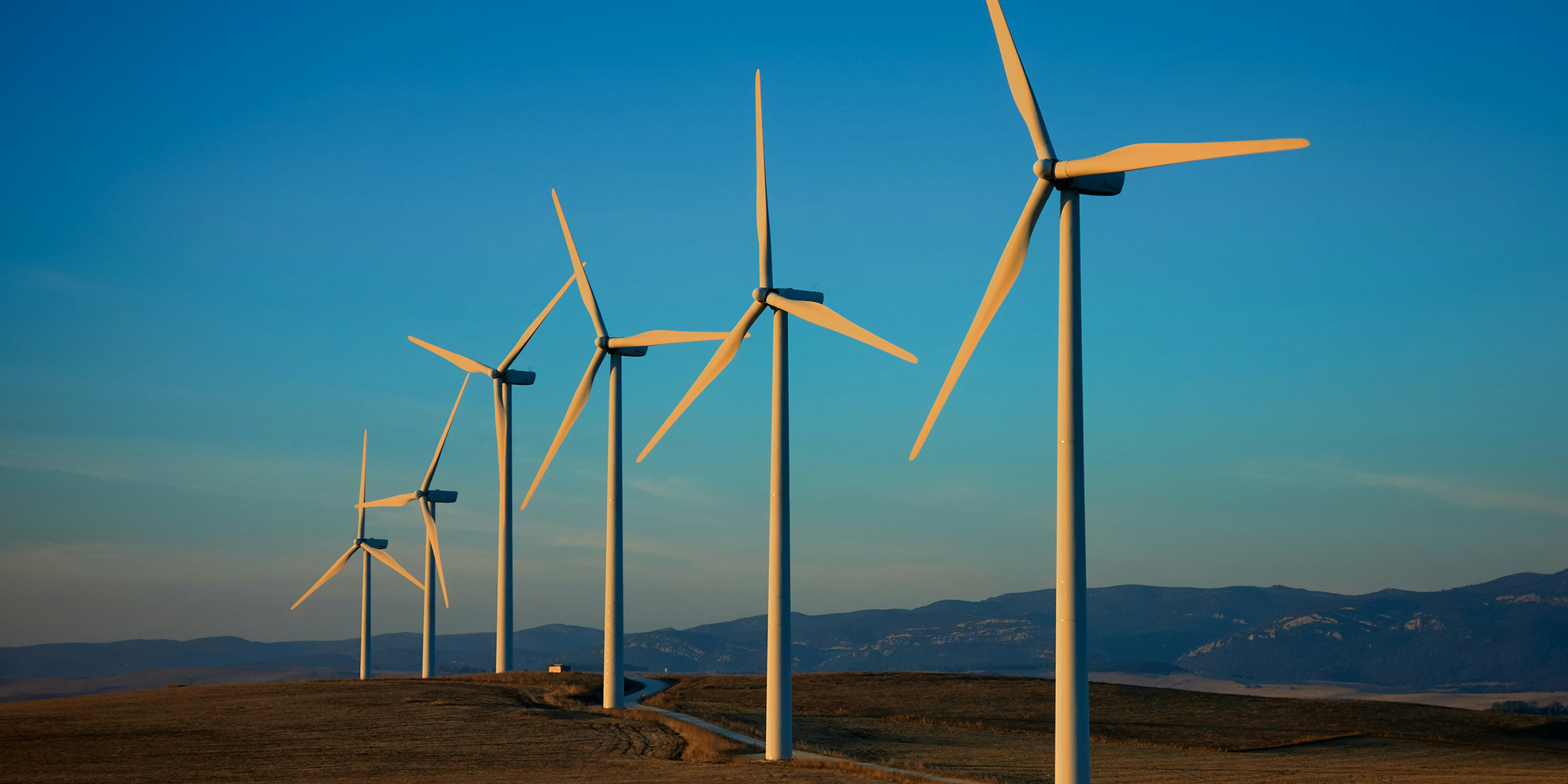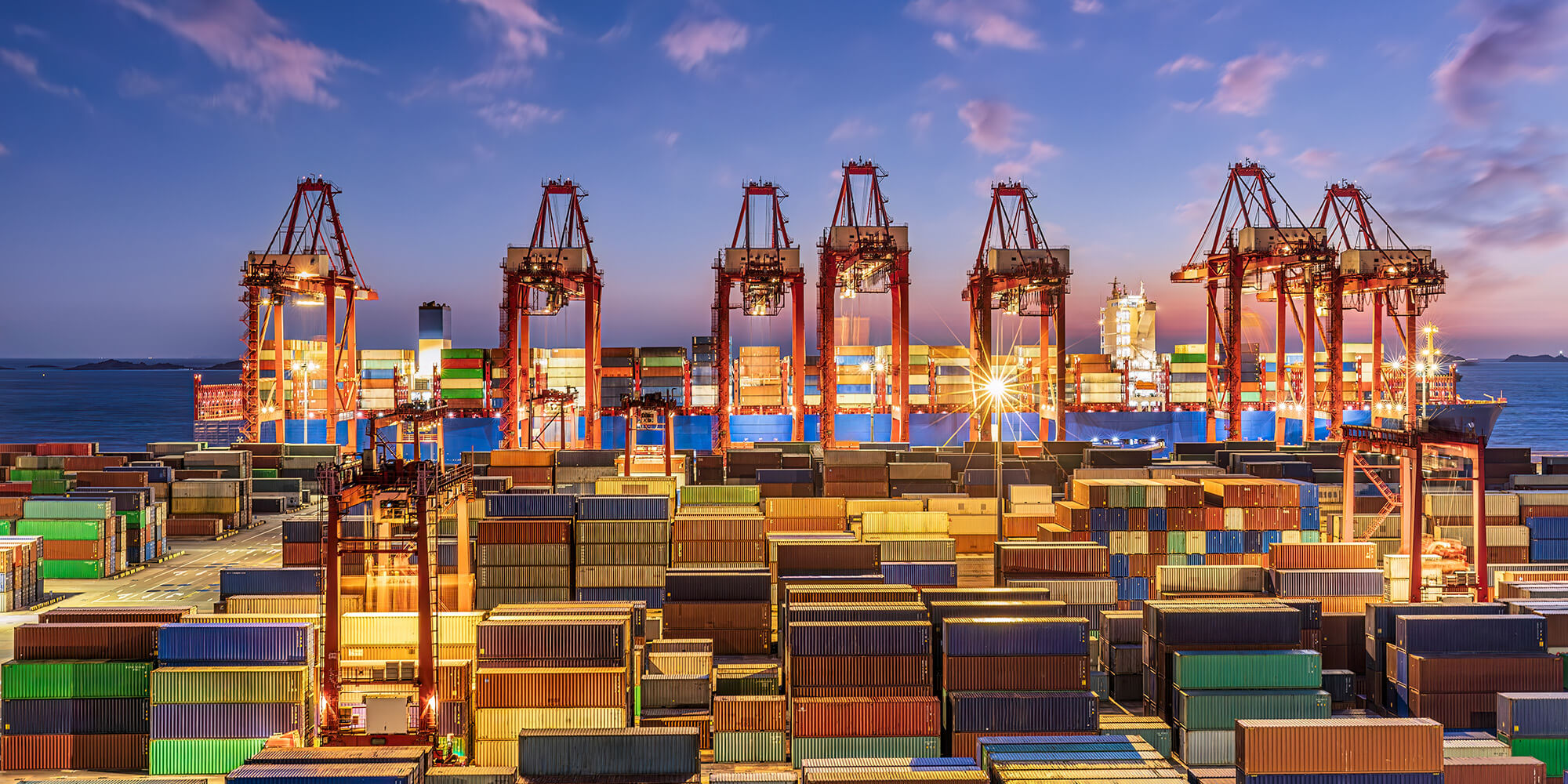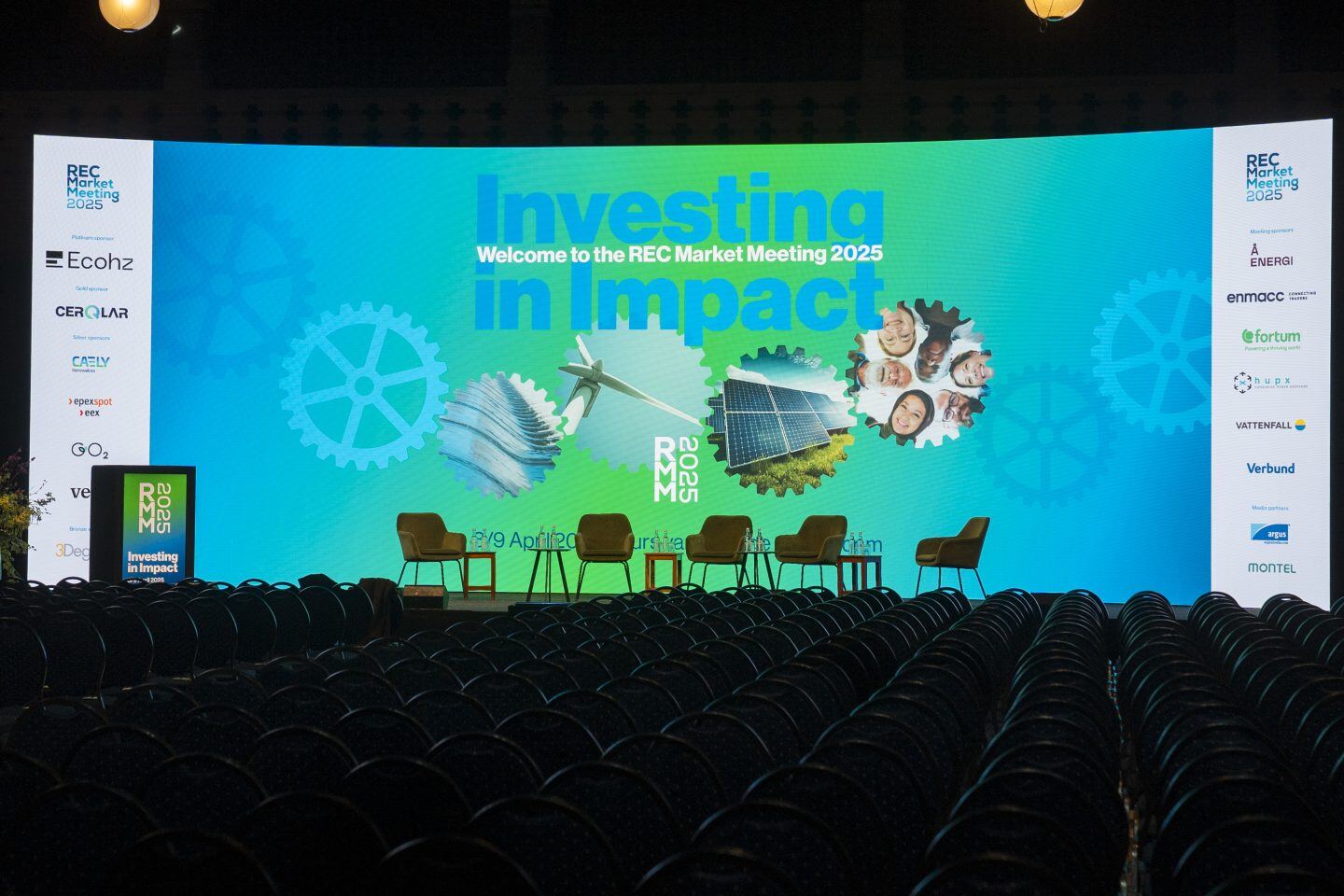In my first blog, I was delighted to see from a market study that 4 out of 5 Norwegian companies already choose a supplier based on their sustainability focus. There is of course a difference in choosing new suppliers with sustainability focus and ensuring that Greenhouse Gas protocol (GHG) scope 1 and 2 are met by your existing vendors. There is also a huge difference when all your suppliers are in the same country versus spread across 50 to 60 countries around the globe.
When your company has:
- Reduced energy consumption
- Ensured energy efficiency initiatives
- Moved the car fleet towards electric vehicles
- Made sure to document the company’s renewable electricity use
- Reduced business travel emissions
- Established an internal waste management/recycle programme
- Managed water consumption
- Planted trees and/or mangroves and/or seaweed for carbon sequestration
- Invested in impactful carbon reducing projects for the balance of your emissions
What's next? Your Supply Chain!
Most companies (with focus on climate action) are in a process of ticking off from the above-mentioned list hence cannot tick of 100% accomplished for Scope 1 and Scope 2 (not expected to be done in a heartbeat either – progress is key). Once your company has got control of own emissions/electricity consumption, has set a target, got an action plan to meet the company target – the next step will be to obtain an overview of your Supply Chain’s carbon footprint.
This article explores the most challenging of the GHG Protocol’s Scopes – indirect emissions from your Supply Chain or Value Chain (depending on the terminology your company use). For the purpose of emissions, I prefer to use Supply Chain, which is defined as “the interconnection of all the functions that starts from the manufacturing of raw material into the finished product and ends when the product reaches the final customer.” Value Chain is used interchangeably with Supply Chain; however, usually perceived from a strategic level to evaluate your business and establish support activities that ensures cost efficiencies and added value to your product.
Example figure to establish basic Supply Chain steps – Coca Cola product: (source Carbon Trust).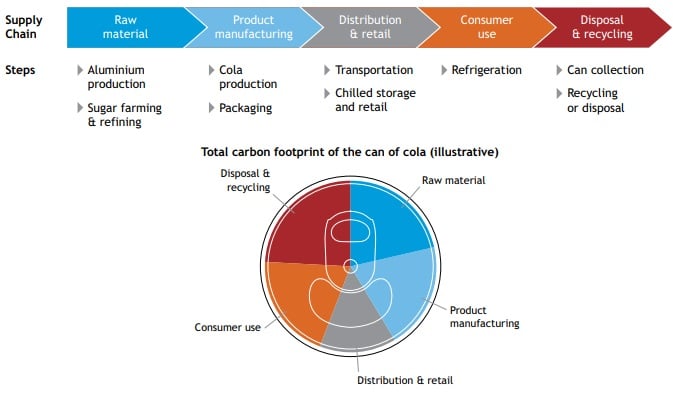
Definition GHG Protocol Scope 3
“Scope 3 emissions are the result of activities from assets not owned or controlled by the reporting organisation, but that the organisation indirectly impacts in its value chain. Scope 3 emissions include all sources not within an organisation’s Scope 1 and 2 boundary. The Scope 3 emissions for one organisation are the Scope 1 and 2 emissions of another organisation.” Worth noting is that “quantification of Scope 1 and 2 emissions are mandatory for organisations reporting and disclosing GHG emissions, while Scope 3 emissions quantification is not required.”
The figure below depicts 15 reporting categories for upstream and downstream activities related to Scope 3. Click on link under the figure for a full description of the categories. Do not get intimidated. There are smart solutions to get started and look to your peers for inspiration.
The Science Based Targets initiative (SBTi) acknowledges the complexity of Scope 3, hence leave room for companies to how they structure their reduction goal, provided their goal cover at least 40% of the emissions from the company’s Supply Chain.
SBTi is a partnership between CDP, World Resources Institute (WRI), the World Wide Fund for Nature (WWF), and the United Nations Global Compact (UN Global Compact). “The SBTi call to action is one of the We Mean Business Coalition commitments. The SBTi leads the Business Ambition for 1.5°C campaign, calling for business leaders to set emissions reduction targets in line with a 1.5°C future. Business Ambition for 1.5°C is a partner in the Race to Zero campaign.” SBTi recommends disclosure of metrics via CDP as well as company reports and your website.
LEGO Group
As mentioned earlier, look to your peers for inspiration, starting with the LEGO Group. The company recently announced that its targets have been approved by the SBTi. With new targets LEGO has committed to reduce their absolute carbon emissions with 37% by 2032. The company reckon it will be a comprehensive process that could mean making changes to existing suppliers, change processes and technology as well as adjustments to the company’s energy supply. Back in 2011, LEGO revamped their Supply Chain to avoid deforestation so acting on customer demand is not new to this company.
Walmart
Walmart is another example of making commitment to collaborative efforts with their suppliers to reduce emissions. Their programme started in 2010 and the company have launched a project named Gigaton. There are more than 2300 suppliers that have signed a commitment to Walmart’s project Gigaton and their efforts “to avoid one billion metric tons of greenhouse gases from its global supply chain by 2030.”
There are many examples of companies with a focus on partnering up with their Supply Chain to reduce the company’s overall carbon footprint. Siemens Gamesa recently got their target approved by SBTi. In December, Telefónica, Nestlé and Ragn-Sells made commitments to net-zero Supply Chains.
How do you get started?
GHG protocol, CDP and SBTi support companies with guidelines. Review your supplier list and start collaborative efforts with your closest and largest suppliers (start with tier 1 or maybe even just 1 product line). I suggest you have a look at CDP’s 2019 report for Global Supply Chain.
The answer to the question ‘Why take responsibility for your Supply Chain?’ – because your Supply Chain accounts for the majority of your emissions! Collaboration is paramount!
Feel free to reach out if you are looking for additional inspiring company cases or if in need of advice for a starting point. I am part of the Ecohz team that are providing small and large companies with climate- and renewable energy solutions. You can read more about renewable energy for Scope 3 here.
Wave goodbye to 2020 and embrace 2021 with hope, dreams, and aspiration. Wishing you and your close ones to stay safe and healthy. Happy New Year!

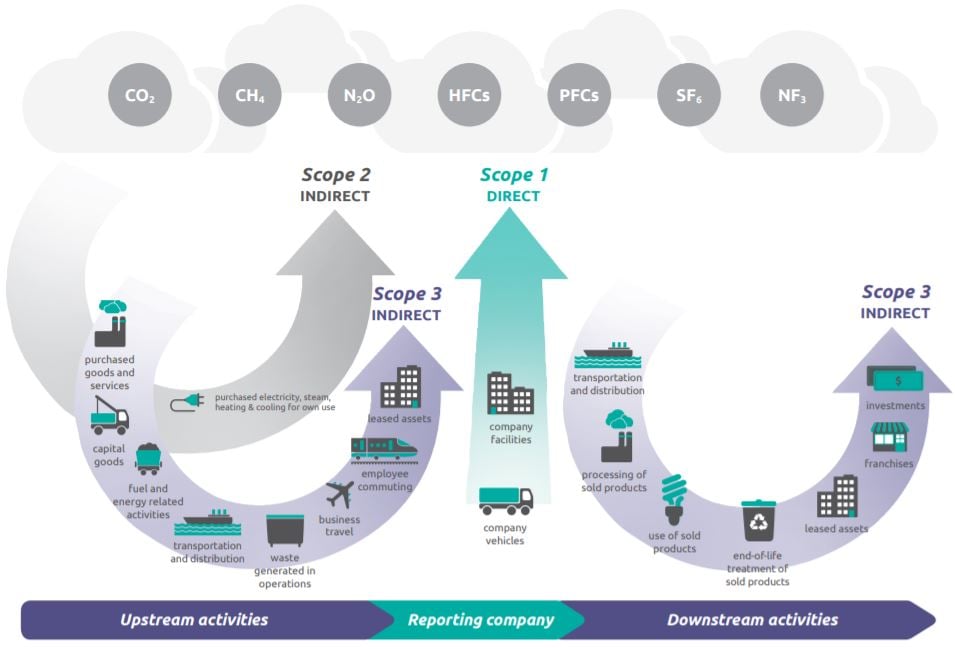

.png?width=3840&height=2560&name=Sun(1).png)

.png?width=3840&height=2560&name=Landscape_2(1).png)
